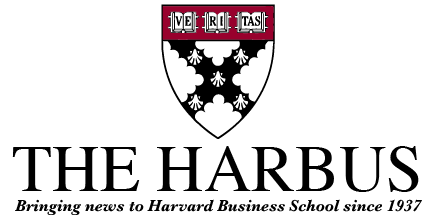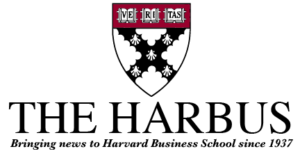Social entrepreneurship is certainly not a foreign term here in the Harvard community. In fact, it has gained momentous support over the years from both students and faculty. The Social Enterprise Initiative was launched in 1993, the first Social Enterprise Conference was launched in 2000, and the HBS Business Plan Competition added a social enterprise track in 2001. One of the greatest champions of social entrepreneurship, Bill Drayton, Founder and CEO of Ashoka, is also a Harvard alum.
Hence, over the last two years at Harvard, we have developed an aspiration to become social entrepreneurs ourselves – change agents who pioneer innovations that benefit humanity. In the process of developing a business plan for the social enterprise track, we discovered that the term, social enterprise, is still extremely vague.
Social enterprises can be non-profit, for-profit, or hybrid. We, the Yashmere Company, define ourselves as a profit making but not profit maximizing enterprise that actively seeks to achieve a double bottom line with both profitability and social impact. We provide a steady source of income to marginalized communities in Western China by spinning yak wool into yarn to be sold to the U.S. yarn market. Beyond self-sustainability, we also want to demonstrate that it is possible to “do well by doing good,” especially in places like Western China, where people are accustomed to receiving aid money for poverty alleviation. However, Western China itself has tremendous potential for economic growth and indigenous income generation. The rich natural resources can be leveraged to create solutions that have both a solid business case and development case.
As we participated in various social entrepreneurship activities, we began to wonder whether social enterprises are better as for-profit or non-profit. In the Pitch for Change Competition of the Social Enterprise Conference, more than 75% of the participants were non-profit social enterprises; both the winner, TeachForward.org, and runners-up, A Penny Saved, were non-profits. However, for the HBS Business Plan Contest, all of the teams that advanced to the finals were for-profit enterprises. In any case, the merits of a social enterprise are not determined by results of any competition, but by the actual impact it can have.
Our understanding of this issue clarified during the visit of Dr. Pamela Hartigan, Managing Director of the Schwab Foundation for Social Entrepreneurship to the Kennedy School. She made a very important point: “In the US, social enterprises are largely associated with non-profits because the sector has a large funding and support base. Outside of the US, most social enterprises are for-profits because without funding, they must be for-profit in order to be sustainable. A for-profit is not better than a non-profit, or vice versa, because the different models of social enterprises are not staged progressions.”
At the end of the day, the jargon or model of a social enterprise does not matter as much as being innovative and effective in accomplishing its mission in a sustainable way that creates systemic change. In Bill Drayton’s words, “a social entrepreneur is not content just to give a fish or teach how to fish. They will not rest until they have revolutionized the fishing industry.”
Our team has set up a blog site (//yaks4d.blogspot.com) that will post both updates on the development of our project and similar discussion on social entrepreneurship and international development. We are considering presenting the fiber to the high-end fashion industry. If you have any contacts, experience, or suggestions, we would love to hear from you! Yaks4d@gmail.com

